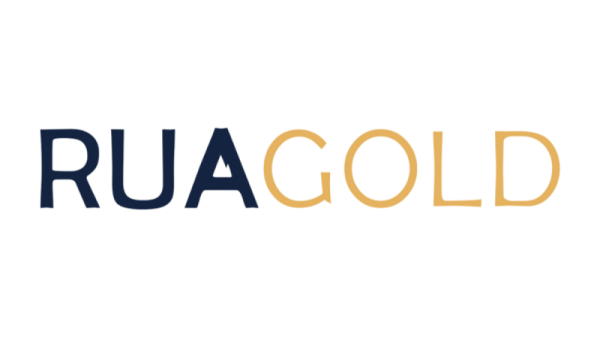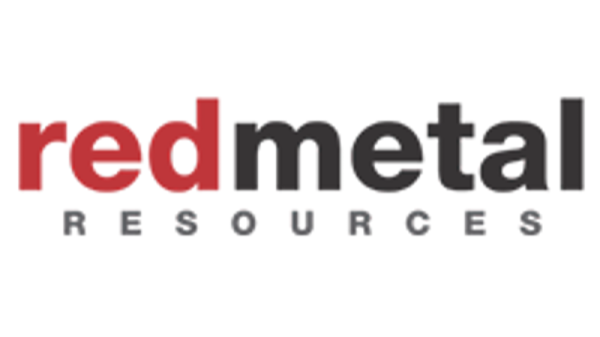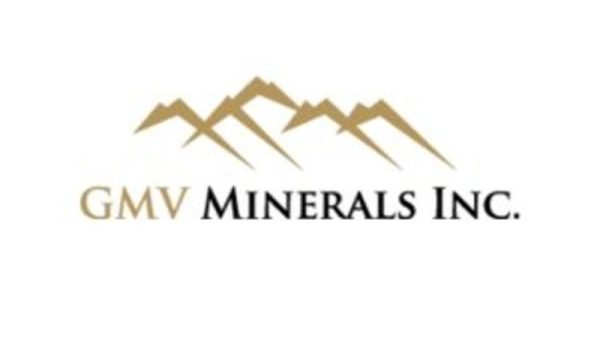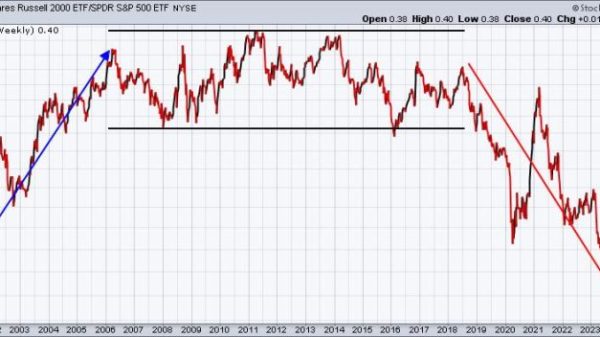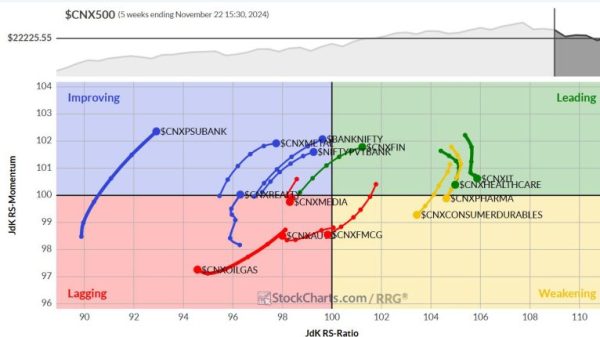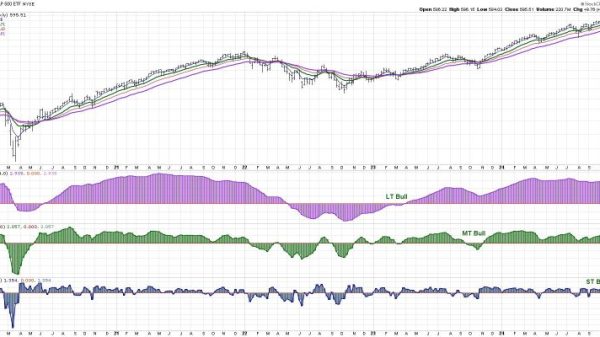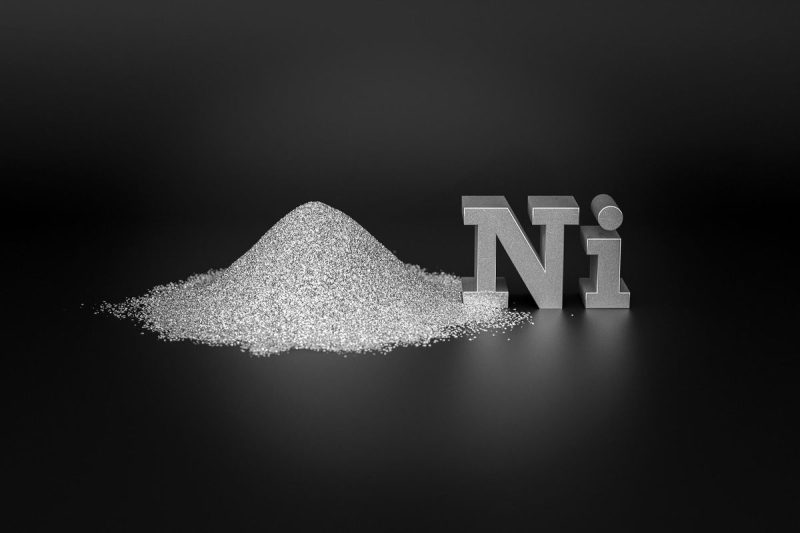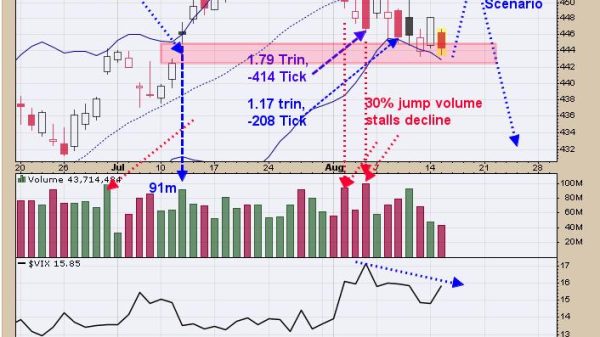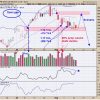The nickel price is nowhere near its record-breaking, but short-lived, high of US$100,000 per metric ton. However, the long-term outlook remains robust as the metal’s demand profile expands to include the electric vehicle (EV) market.
Going beyond its roots in the stainless steel sector, nickel’s lithium-ion battery applications are setting the stage for the future.
With that in mind, it’s worth taking a look at nickel applications, and where demand for the metal stands. Read on to learn where nickel is used and how much demand is expected to rise in the coming years.
Is nickel going to be in demand?
The global nickel market is projected to grow at a compound annual growth rate of 7.3 percent until 2028, reports Fortune Business Insights, with its size reaching US$59.14 billion that year. While nickel’s top demand driver is stainless steel, the firm believes the rapid growth of the EV battery market will play a prominent role in the outlook for demand.
Major nickel producer Vale (NYSE:VALE) is also optimistic about demand for the commodity, predicting that global usage for the metal will hit 6.2 million metric tons by 2030, an increase of 44 percent compared to 2022. ‘Demand for nickel is forecast to increase rapidly this decade with the energy transition,’ the company said in a forecast.
So what role does nickel play in the lithium-ion batteries that power electric cars? Nickel is used in some cathode formulations for these batteries, and it’s the main element used in nickel-manganese-cobalt (NMC) cathodes. It’s been called the most important lithium-ion battery ingredient because it improves power and endurance.
Nickel’s price performance in 2023.
Chart via the London Metal Exchange.
In recent years, attention has even been drawn to the potential for nickel to replace cobalt in lithium-ion batteries. Nickel is currently cheaper than cobalt, which makes it an appealing alternative, and battery producers are looking to nickel to bring down costs. While NMC batteries were originally a 1-1-1 ratio, the amount of nickel has risen over the years to reach 6-2-2 in some batteries, and companies are even eyeing the possibility of an 8-1-1 composition.
Overall the demand outlook for nickel looks positive moving forward.
What are the biggest uses of nickel?
Now that we’ve laid out the nickel demand landscape, let’s take a closer look at some of the main nickel applications. It’s worth noting that there are around 3,000 alloys containing nickel that are in everyday use. We of course won’t be covering them all, but we will go over the main uses for the base metal.
Nickel’s use by industry in 2023.
Chart via Statista.
Stainless steel
Nickel is best known for its use in stainless steel, which accounts for nearly three-quarters of primary nickel demand. Nickel is useful in stainless steel because it enhances corrosion resistance in metals, thus extending the lifespan of many products. Ferronickel, an alloy containing about 35 percent nickel and 65 percent iron, is key to the production of this material.
Through stainless steel, nickel is used in a huge variety of sectors, including electrical, building and construction, engineering, metal goods and tubular products. Stainless steel with higher nickel content is used for making high-demand products like gas turbines; nickel pig iron, a low-grade ferronickel made in China, is popular as well.
Corrosion-resistant alloys
Nickel is also used in the creation of non-ferrous alloys, which are used for coatings, kitchenware, power generation, jewelry and mobile phones to name a few. Nickel-based alloys include superalloys, corrosion resistant alloys, wear-resistant alloys, precision alloys, shape memory alloys and hydrogen storing alloys. These are often used in industries such as electronics, energy, aviation and shipbuilding.
Nickel coatings/platings
The base metal is also widely used to make hard-wearing coatings known as nickel-plating or electroplating. These can be used to protect from corrosion and wear resistance or to decorate surfaces. Decorative coatings offer a “high luster finish” and can be found on coins. Electroplating is used throughout the automotive industry in rims, trims, exhaust pipes and bumpers.
Batteries
As discussed, nickel sulfate is a key component in NMC batteries, the most preferred lithium-ion battery chemistry due to their high energy density and longer range. While battery production only accounts for about 15 percent of the metal’s current use, this is set to increase going forward assuming the EV market grows as forecast.
Securities Disclosure: I, Melissa Pistilli, currently hold no direct investment interest in any company mentioned in this article.

